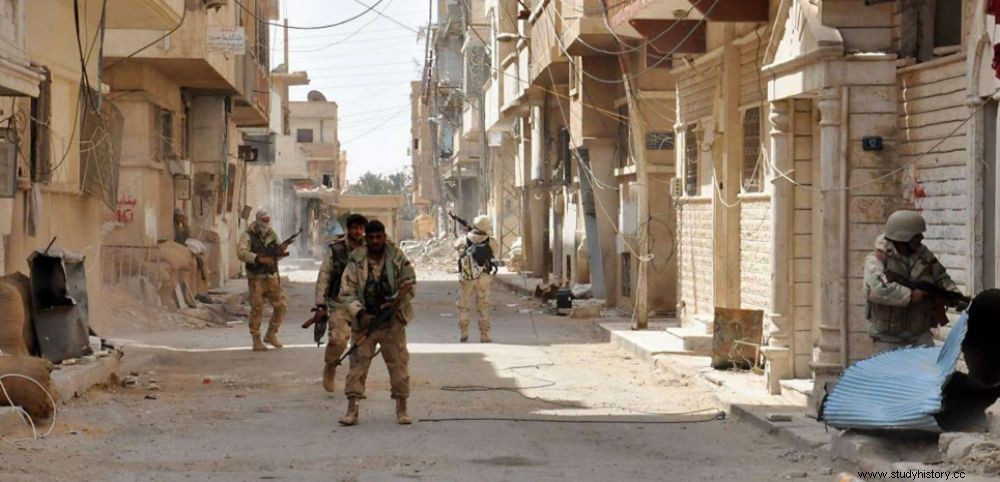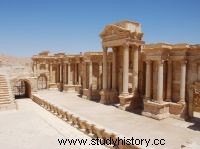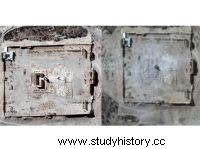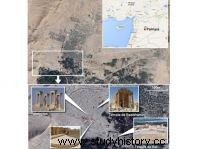 On March 27, 2016, Syrian army soldiers patrol liberated Palmyra.
On March 27, 2016, Syrian army soldiers patrol liberated Palmyra. On Sunday March 27, the Syrian armed forces and their allies assisted by the Russian air force took over the entire city of Palmyra from the Islamic State group (Daesh), including the famous 2000-year-old ancient city listed on the heritage list. Unesco World. Barely hours after the entry of government troops into the city, state television showed "images of destruction in the Palmyra museum, the scene of a terrible battle with the heads of statues toppled, the ground covered in debris and a large crater on the ceiling" (see video below). From Damascus, Maammoun Abdulkarim, Syria's Director General of Antiquities and Museums, however, said after regime forces recaptured the desert oasis from the Islamic State:"We expected the worst, but the ancient remains located southwest of the residential areas of the city of Palmyra seem in much better condition than expected" .
As soon as the security situation has stabilized, Maammoun Abdulkarim plans to travel quickly to Palmyra to assess the damage to the site, and consider future restorations. Including "remount" both temples destroyed using "stones from the quarries of Palmyra" . Since March 7, the soldiers of the Damascus regime had launched an offensive to retake Palmyra from the Islamic State group which seized the city in May 2015, before committing numerous abuses and atrocities there. In August, at the age of 81, they beheaded Khaled al-Asaad, a scholar who had headed the Antiquities Service of Palmyra for fifty years, before hanging his body from a column in the Roman city.
Numerous mines are said to have been laid in Palmyra by Daesh terrorists
Upon their arrival in the spring of 2015, Daesh carried out summary executions of residents and soldiers, as well as the destruction of several monuments classified as World Heritage. In particular the temples of Bel, Baalshamin and the Arc de Triomphe built under the Roman emperor Septimius Severus, all reduced to dust. They also blew up the prison of Tadmor, where hundreds of regime prisoners were killed in the 1980s, which was regretted by the Syrian opposition in exile, for whom this building constituted proof of the terrible abuses of the regime. However, no one would venture inside the ruins for now, as many mines have been laid there by Daesh terrorists.
Irina Bokova, Director General of Unesco welcomed this armed offensive, stating "that the fighters who held the place had fled towards Raqqa and Deir Ezzor" . She also discussed the same day with Vladimir Putin, President of the Russian Federation, about the protection and preservation of the classified site. The fall of Palmyra comes a month after a partial ceasefire in Syria's civil war came into effect. Peace talks are currently taking place in Geneva to find a solution to this tragic conflict which has lasted for more than five years, has claimed 250,000 lives and led to the displacement of several million inhabitants. The Syrian opposition accuses the government in Damascus of being behind the devastating civil war that has bloodied the country and of bearing responsibility for the rise of the Islamic State.
The city of Palmyra in Syria



